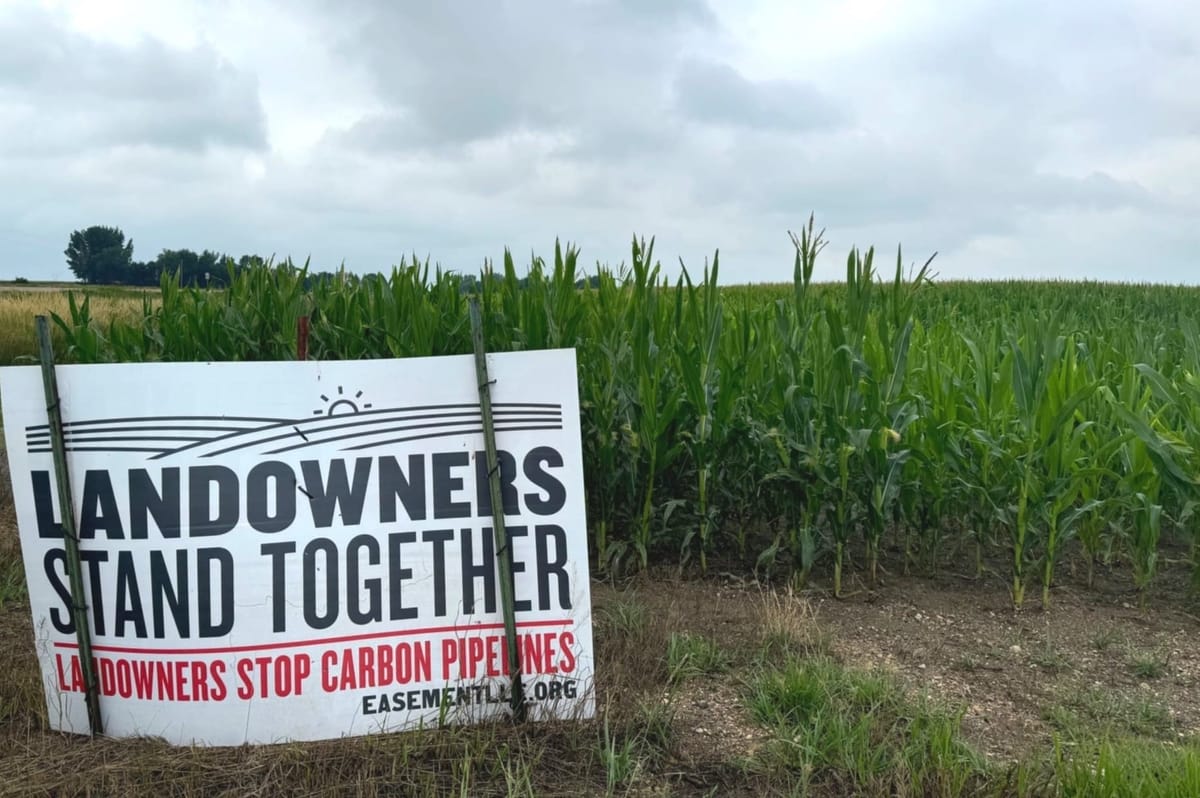AMES, IA – Cold temperatures have arrived. These temperatures will cause a marked increase in your cattle’s feed needs.
The general rule is, for every degree below 20 Fahrenheit, a cow’s energy requirements increase by about 1%. Likewise, for every degree below the average winter temperature, a 1 lb. increase in calf birth weight and ~2.5% increase in dystocia incidences can be expected based on a six-year study from the University of Nebraska.
Where does the 20 degree’s Fahrenheit come from? And wouldn’t fat cover and a thick hair coat impact that? Short answer: YES!
In our example, 20 degrees F is the Lower Critical Temperature (LCT), or lowest temperature a cow could withstand before maintenance requirements increase. The general rule should really be written as “For every degree below a cow’s LCT, her energy requirements increase by about 1%.”
Two key factors when determining a cow’s LCT ![]()
Hair coat ![]() A cow’s hair coat is their body’s first line of defense from the cold. Those snow covered cows might look chilled, but like a well-insulated house, snow on the coat (hide) means the cow is well insulated and the coat (hide) is not soaked. The general guidelines for LCT suggest a cow with a fall hair coat has a LCT of ~45 degrees F compared to a heavy winter coat which reduces the LCT to ~18 degrees F. Beyond hair coat thickness, moisture matters. Wet hair coats will rapidly increase the LCT, just like a muddy coat will do in the spring.
A cow’s hair coat is their body’s first line of defense from the cold. Those snow covered cows might look chilled, but like a well-insulated house, snow on the coat (hide) means the cow is well insulated and the coat (hide) is not soaked. The general guidelines for LCT suggest a cow with a fall hair coat has a LCT of ~45 degrees F compared to a heavy winter coat which reduces the LCT to ~18 degrees F. Beyond hair coat thickness, moisture matters. Wet hair coats will rapidly increase the LCT, just like a muddy coat will do in the spring.
Fat cover ![]() Aside from hair, fat cover is an excellent natural insulator for cattle. If a cow has a body condition score of 5 and a LCT of 20 degrees F, a herdmate in better condition at a BCS of 6 can likely handle a LCT closer to 15 degrees F.
Aside from hair, fat cover is an excellent natural insulator for cattle. If a cow has a body condition score of 5 and a LCT of 20 degrees F, a herdmate in better condition at a BCS of 6 can likely handle a LCT closer to 15 degrees F.
Depending on an animals body condition score, cold stress effects will vary. With that in mind, use an integrated approach to reduce the cold’s impact on your herd and “layer her up” in preparation. Let’s talk strategies to do this, with some analogies for their effectiveness:
![]() Windbreaks. For cattle, getting to a wind-protected area is like upgrading from an open station to a tractor with a cab for you while doing winter chores. Both permanent and temporary windbreaks are one of the most effective tools we have to protect cattle from cold stress.
Windbreaks. For cattle, getting to a wind-protected area is like upgrading from an open station to a tractor with a cab for you while doing winter chores. Both permanent and temporary windbreaks are one of the most effective tools we have to protect cattle from cold stress.
![]() Bedding. Cornstalks, straw, or other sources of bedding will insulate cattle from the frozen ground, keep haircoats more dry, and help cattle better regulate body temperature. Bedding for a cow is like the coveralls for you. Although the benefit of bedding is quantified less in cow-calf trials, feedlot trials have shown a significant, 20-40% maintenance requirement advantage for bedded steers compared to unbedded counterparts.
Bedding. Cornstalks, straw, or other sources of bedding will insulate cattle from the frozen ground, keep haircoats more dry, and help cattle better regulate body temperature. Bedding for a cow is like the coveralls for you. Although the benefit of bedding is quantified less in cow-calf trials, feedlot trials have shown a significant, 20-40% maintenance requirement advantage for bedded steers compared to unbedded counterparts.
![]() Feeding time. The rumen is a fermentation machine, and where there is fermentation, heat is produced. Peak heat of fermentation occurs 4-6 hours after the primary eating bout, meaning producers can feed late in the day to provide some extra heat during colder night temperatures. Doing this to warm cattle from the inside out is like having a hot cup of coffee for you.
Feeding time. The rumen is a fermentation machine, and where there is fermentation, heat is produced. Peak heat of fermentation occurs 4-6 hours after the primary eating bout, meaning producers can feed late in the day to provide some extra heat during colder night temperatures. Doing this to warm cattle from the inside out is like having a hot cup of coffee for you.
While we can’t control Mother Nature, we can help cows combat cold stress by providing an integrated approach to control the impact cold temperatures have on our feed bill, calf birth weights, and cow comfort.












